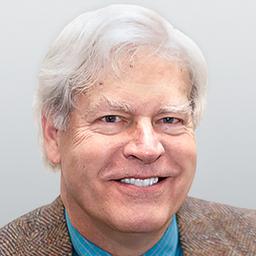Commentary
Public discourse about climate change often degenerates into personal attacks. Those of us who point out the many holes in the alleged “scientific basis” of global warming alarmism are denounced as “deniers.”


Public discourse about climate change often degenerates into personal attacks. Those of us who point out the many holes in the alleged “scientific basis” of global warming alarmism are denounced as “deniers.”